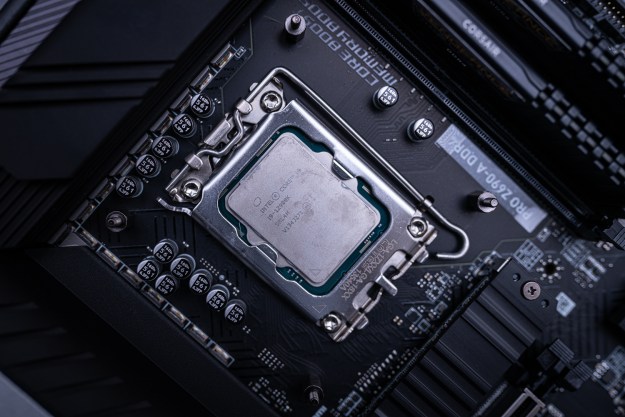
According to security firm KnowBe4, the ransomware, dubbed Locker, was activated at midnight on Monday May 25 and caught users by surprise. Members of the Bleeping Computer forums were some of the first to notice the ransomware with several infected users calling out for help as well as posting screenshots of their ransom messages.
“As of yesterday, I found out I have been infected with some kind of ransomware. I spent all night trying to find a solution but nothing bare [sic] fruit…,” wrote one user, who tried using FireEye and Fox-IT’s Decryptolocker solution but to no avail.
Locker is very similar to the infamous CryptoLocker, says KnowBe4 CEO Stu Sjouwerman, and the new malware may have stemmed from a “compromised MineCraft installer.” It represents a new tactic from malware authors where the ransomware sits dormant for some time before being activated. Typically, ransomware encrypts a user’s files as soon as it is downloaded.

“Warning any attempt to remove damage or even investigate the Locker software will lead to immediate destruction of your private key on our server!” read some of the notices shared on Bleeping Computer. Locker demands 0.1 Bitcoin, which at the time of reporting is worth about $23. There are reportedly hundreds of users infected at this point but no word on if anyone has paid.
The ransom that Locker is demanding is actually quite small. Most ransoms ask for about $500 worth of Bitcoin. A recent report from FireEye pointed out that some cyber-criminals are actually willing to lower their prices. Lowering prices and making it easier to pay up allows them to target more users for smaller paydays each rather than hoping for one large ransom. With Locker lying dormant and unnoticed for months, this allowed the cyber-criminals to amass a hefty number of infected computers before encrypting any files.
Cases of ransomware have grown significantly over the last year on both PC and mobile, and there are even cases of police departments paying up to get their encrypted files back. Paying the ransomware can be a tricky situation, and most security pros advise against it. In most cases, the cyber-criminals will actually decrypt the files once the money is received, but this is never a guarantee; there have been incidents of criminals simply taking the money and running.
Locker is just another member of this growing malware family now. “At this very early time after the initial discovery, things are still somewhat murky, but we will keep you in the loop about any developments,” adds Sjouwerman.


